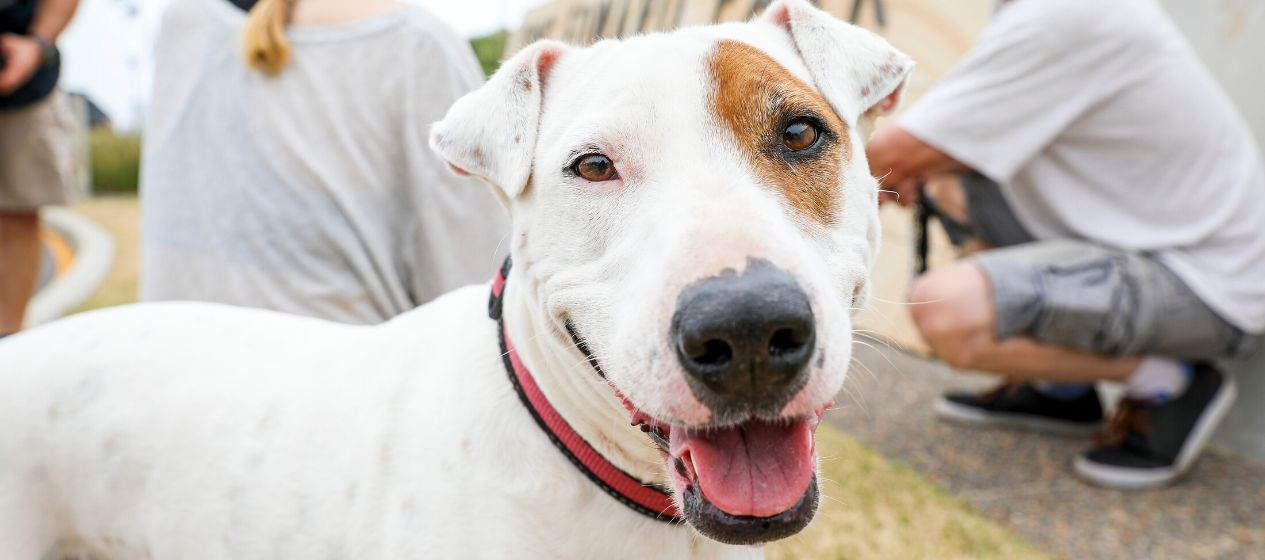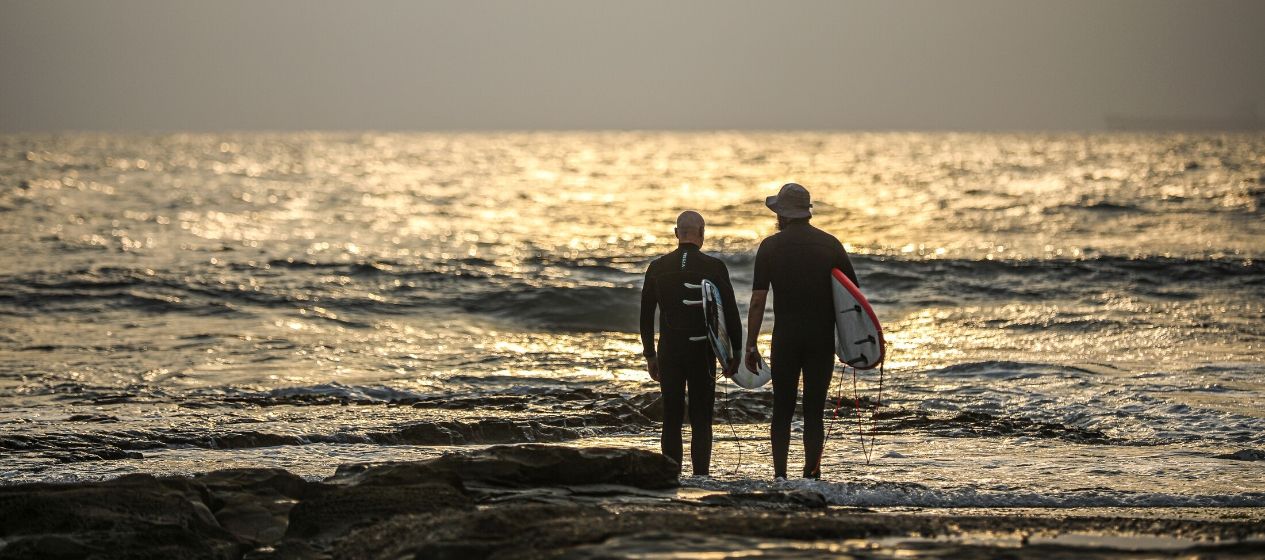A keeper of Newcastle’s storied past, historic Fort Scratchley stands proudly on Flagstaff Hill. Built in the 1880’s to ward off the threat of a Russian attack, guns were never fired in anger until the Japanese shelled Newcastle in a surprise attack in 1942.
Fort Scratchley is open 6 days a week (closed Tuesday) and is operating COVID-Safe tunnel tours.
Here are six things that will blow you away about Fort Scratchley:
A resounding boom echoes across the city daily (aside from Tuesday) from the historic fort as two-pound cannons are fired at the same time the ball on Customs House drops (or more accurately these days is slowly lowered) to mark time.
This time-honoured seafaring practice began in Newcastle in 1878 and was used in in ports around the world in the nineteenth century to allow sea captains to adjust their navigation instruments.
*Wander down to the historic Customs House afterwards and see the time ball which is lowered every day when the cannon is fired. Have a pint while you’re there.
The fort was originally built after the Crimean War to defend the port of Newcastle against the threat of Russian invasion.
The tunnels were built in 1881-1882 and the buildings built in 1886.
Plans for a fort were made due to the increased hostility between the UK and Russia. But when the fort was finished the Russians were no longer a threat.
The guns at Fort Scratchley returned enemy fire at a Japanese submarine in the early hours of June 8, 1942. The attack lasted less than 30 minutes and came days after a Japanese attack on Sydney Harbour.
Their target is believed to have been the BHP site and the Walsh Island Dockyards – the centre of Australia’s war manufacturing effort.
It’s the only fort in Australia to return enemy fire. The four rounds fired from Fort Scratchley didn’t hit the enemy submarine but came close, sending the Japanese on its way.
*You can see the two 6-inch guns that returned fire on the Japanese submarine that shelled Newcastle as well as shrapnel from Parnell Place and one of the shells that landed at BHP at Fort Scratchley.
Explore the labyrinth of tunnels built in the headland on a guided tour with one of the passionate volunteers who work at the fort.
See where gun powder was issued to soldiers in canvas bags (containers with wood or metal weren’t used to prevent fire) by yelling or whistling into a speaking tube to alert a worker below.
See the working brass and copper lanterns that lit the dim tunnels, emergency escape routes, air vents, the disappearing gun and learn about Lieutenant-Colonel Peter Scratchley who designed the namesake fort.
*Tours run every day the fort (apart from Tuesday when the fort is closed)
More info on Guided Tours
Resembling a moat from Medieval times, the dry defensive ditch which protects the fort never contained water or crocodiles (it’s a legit question kids often ask volunteers).
If the fort ever came under attack it was believed it would be from the front and, in theory, the dry moat could assist one soldier in keeping up to 15 attackers at bay.


